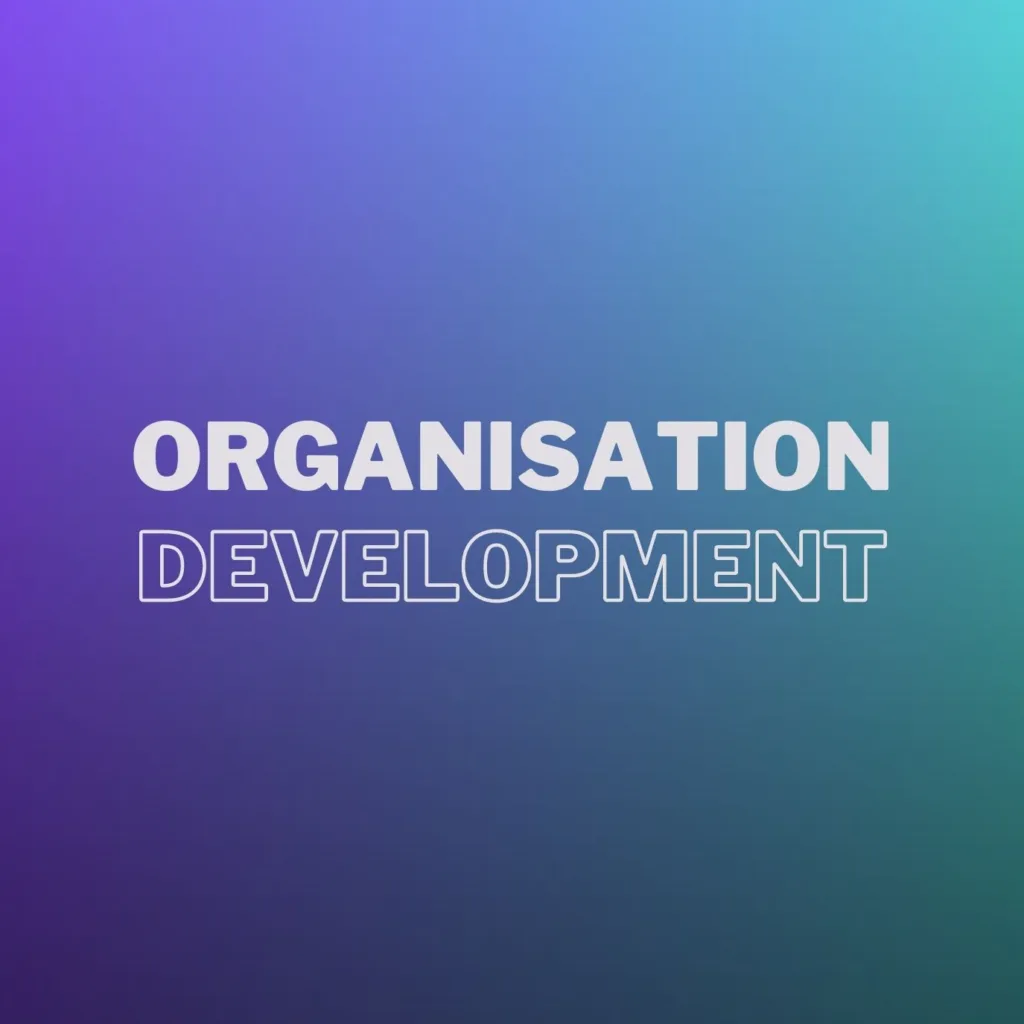Building a Successful Succession Plan: A Step-by-Step Guide

Succession planning is a strategic process aimed at identifying and developing potential leaders within an organization who can replace key leaders when they leave, retire, or are unable to perform their duties. It involves nurturing high-potential employees for advancement, ensuring business continuity, and promoting a culture of talent development.
Understanding Succession Planning
A succession plan ensures the long-term success and sustainability of an organization by preparing for inevitable leadership changes. It involves identifying and developing high-potential employees who can fill key business leadership positions in the future.
In essence, a successful succession plan not only mitigates the risk of leadership vacuum but also encourages employee growth and retention. It provides a structured approach to nurture internal talent and safeguard the organization’s future.
The 7-Step Guide to Building a Succession Plan
Succession planning can seem like a daunting task, but by following this step-by-step guide, the process can be smooth and effective.
Step 1: Identify Key Roles
Begin by identifying the roles that are critical to your organization’s operations and strategic goals. These roles usually include senior leadership and positions that require specialized skills.
Step 2: Define Competencies and Skills
Define the competencies, skills, and experience needed for each key role. This step includes understanding the technical and leadership abilities required for successful performance in these roles.
Step 3: Identify High-Potential Employees
Identify employees who show promise and potential to take on leadership roles in the future. This step involves assessing employees’ performance, potential, and ambition.
Step 4: Create Development Plans
Once potential successors have been identified, create individual development plans. These plans should include a mix of on-the-job learning, mentoring, coaching, training, and stretch assignments.
Step 5: Implement Development Plans
Put the development plans into action. Regularly review and update these plans to reflect any changes in business strategy or employee performance.
Step 6: Monitor Progress
Monitor the progress of the high-potential employees. Assess their development regularly and provide constructive feedback to ensure their growth is aligned with the organization’s goals.
Step 7: Review Succession Plan
Finally, review the succession plan annually to ensure it remains relevant. Update it to account for changes in business strategy, employee turnover, and shifts in the external business environment.
The Power of Effective Succession Planning
An effective succession plan offers several benefits, including maintaining business continuity, encouraging employee development, and boosting employee morale. It also improves the organization’s ability to attract and retain top talent.
By following this 7-step guide to building a succession plan, organizations can ensure they are prepared for future leadership transitions, thereby safeguarding their long-term success.
Our Repertoire


